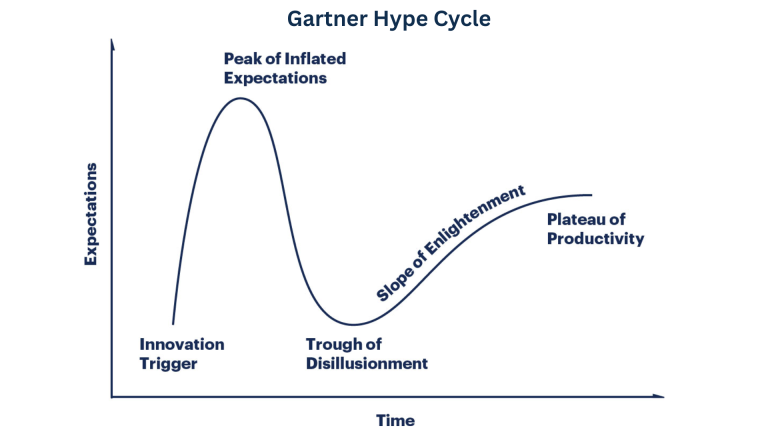What Information Do You Already Collect, and What’s Hard to Find When You Need It?
When businesses think about AI, they often jump straight to futuristic tools like chatbots or virtual assistants. But one of the most practical starting points is looking at the information you already have, and how easily (or not) you can actually use it.
Why This Question Matters
Every business collects data: customer emails, invoices, sales records, project notes, support tickets, or even informal “tribal knowledge” that lives in people’s heads. The challenge is that this information is often scattered across multiple systems, buried in long documents, or siloed within departments.
AI tools can’t magically create value without good inputs. If information is hard to find, decisions take longer, customer experiences suffer, and employees waste time hunting for answers instead of doing meaningful work.
Common Pain Points We Hear
- “I know we have this somewhere, but I can’t find it quickly.”
- “Our reports are out of date by the time we pull them together.”
- “Important knowledge is stuck in one person’s head.”
These frustrations aren’t just annoying. They create real inefficiencies and missed opportunities.
Where AI Can Help
AI-powered solutions can organize, surface, and even interpret information so people get the insights they need when they need them:
- Smart search that understands natural language, not just keywords.
- Knowledge assistants that can pull answers from across multiple systems.
- Data connectors that unify scattered information into one view.
- Summarization tools that turn long documents into quick takeaways.
Instead of spending hours digging for details, your team can ask a question and get an immediate, reliable answer.
The First Step
Before exploring advanced AI applications, take stock of what you already collect and how you use it. Ask yourself:
- What’s valuable but buried?
- What’s collected but underutilized?
- What do people keep asking for that’s hard to find?
Clarifying this baseline helps identify where AI can add the most impact with the least friction.
Bottom line: You probably already have the raw material for an AI strategy. The real question is: how easy is it to put that information to work?
Answering this question will help you develop your AI strategy.







